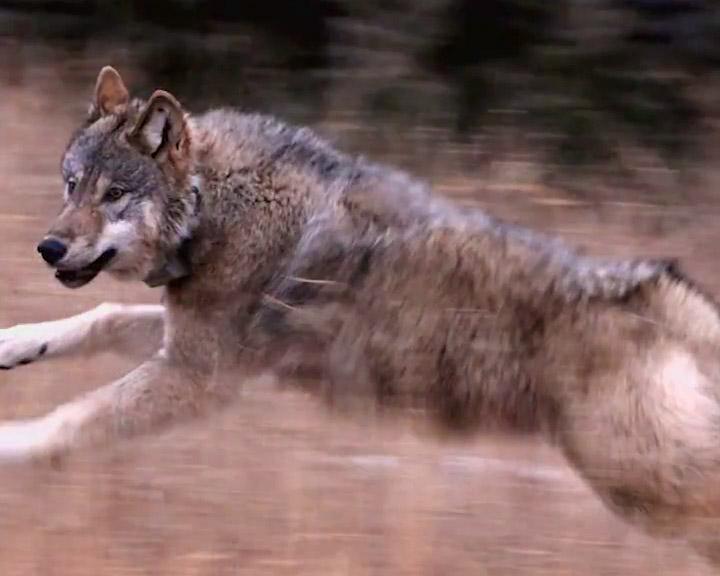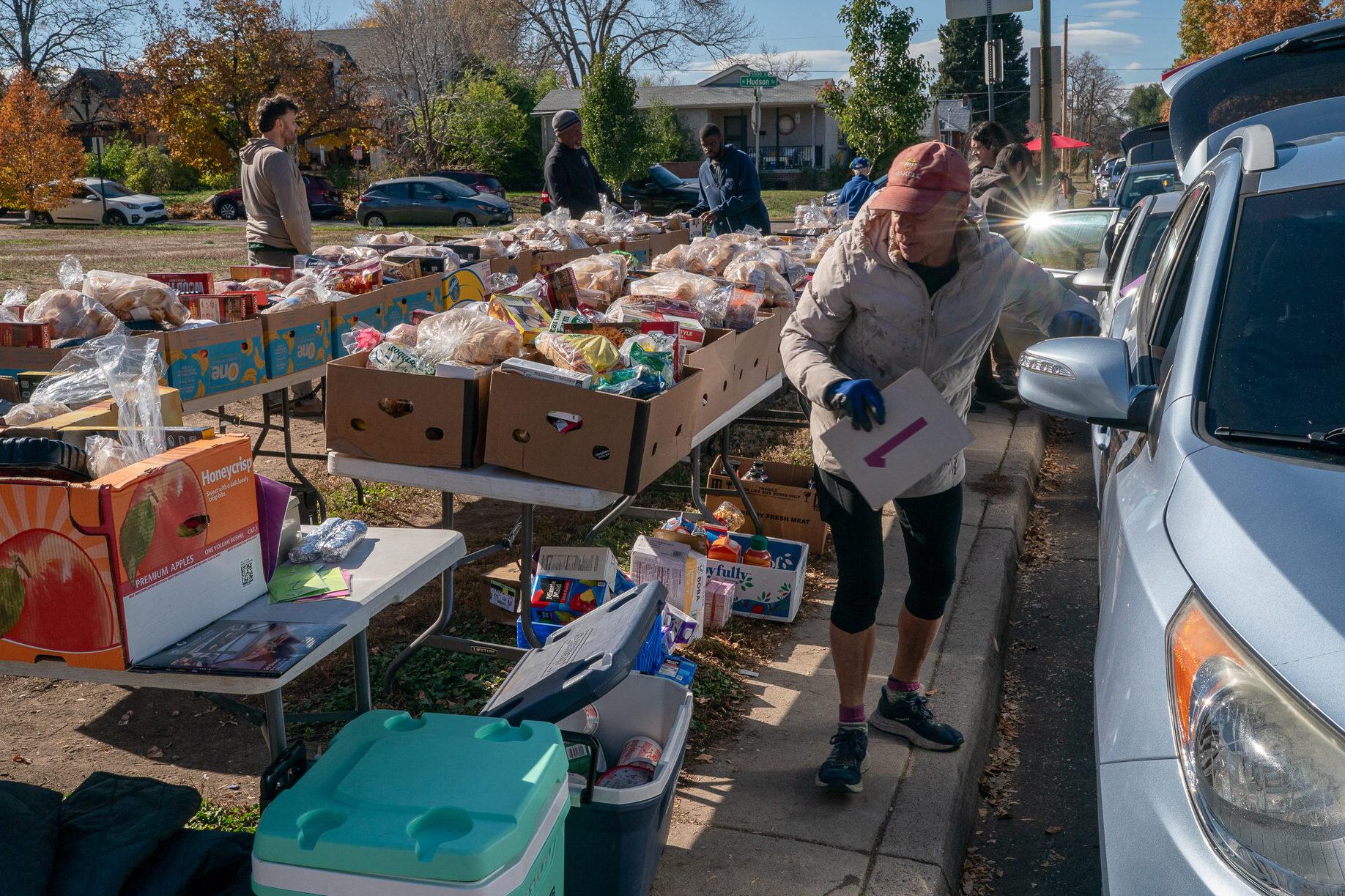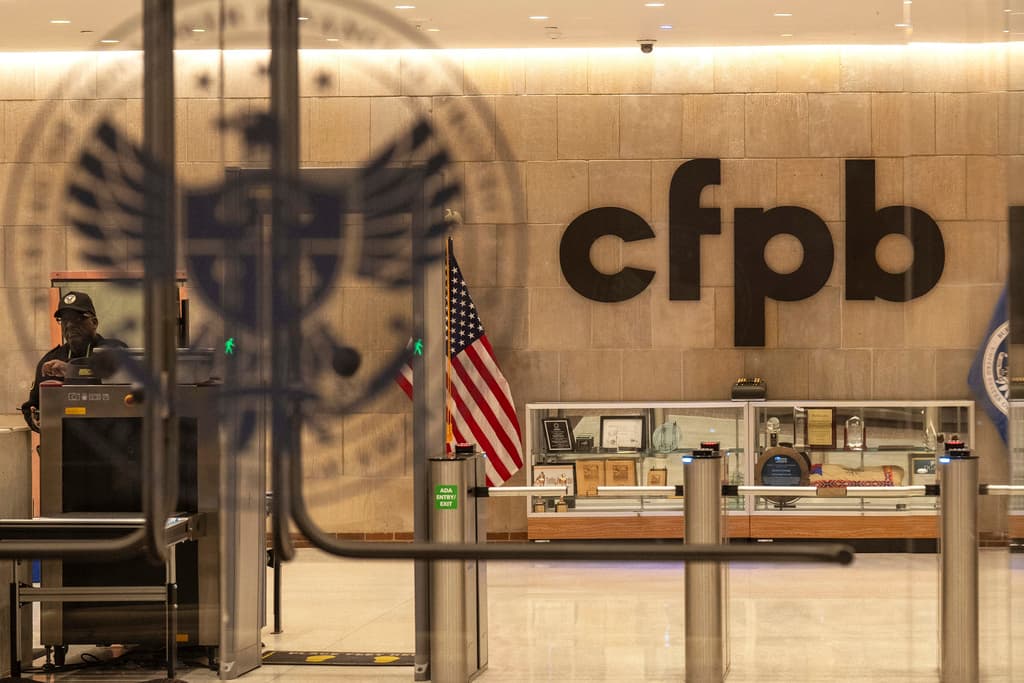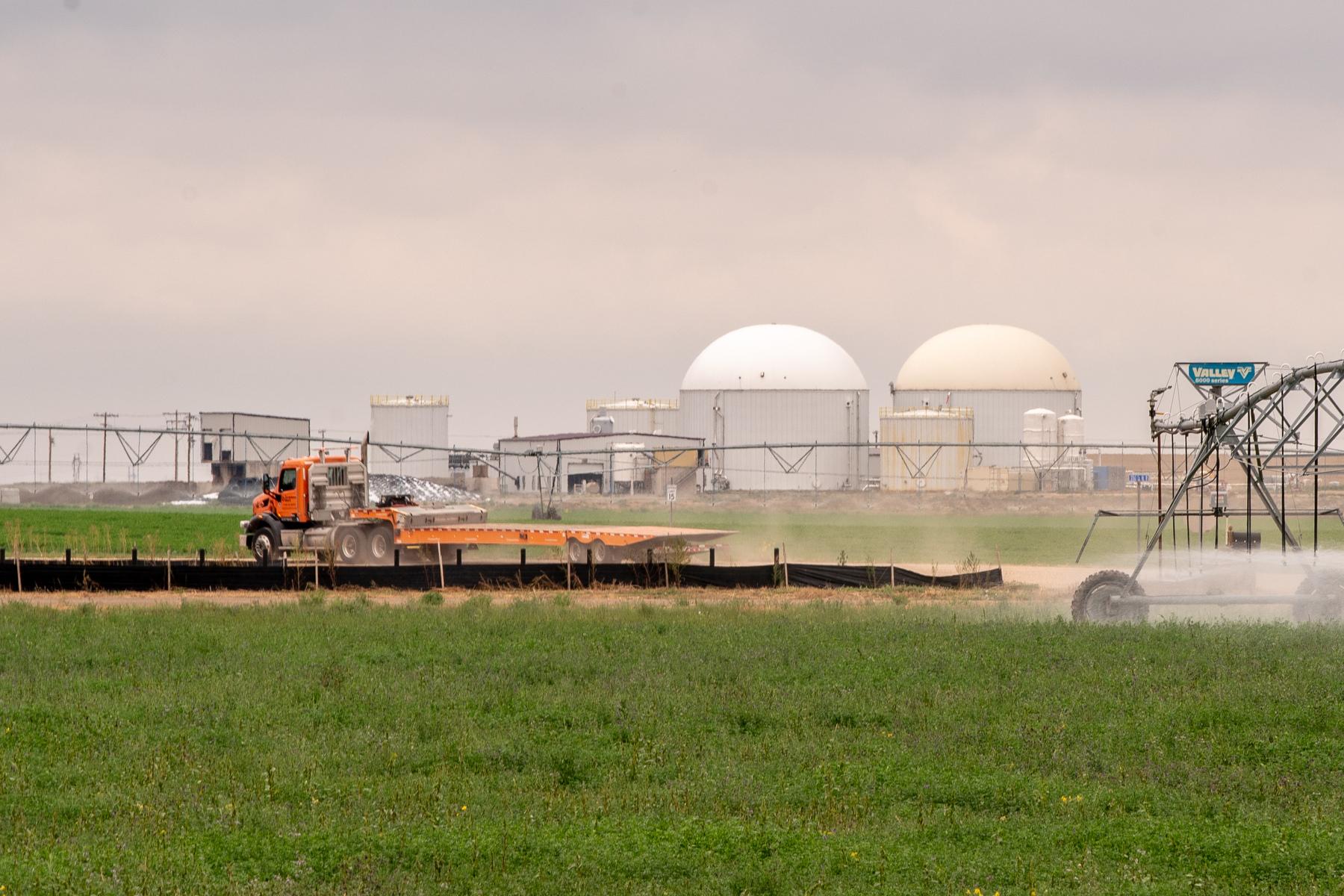
Since Colorado reintroduced wolves more than a year ago, ranchers have demanded clarity on a question about managing the predators: How and when, exactly, would the state consider killing a wolf known for repeatedly attacking livestock or working dogs?
Colorado Parks and Wildlife offered some clarity last month by posting a proposal for consideration at a state wildlife commission meeting later this week. The document defines “chronic depredation," outlining a process for deciding whether to kill or relocate a wolf habituated to feeding on domestic animals.
The proposal comes as the state prepares to continue its controversial wolf restoration plan, which voters narrowly approved in 2020. Colorado Parks and Wildlife released 10 wolves in December 2023 to initiate the project. To bolster the population, the state plans to secure up to 15 additional wolves in British Columbia and release them on Colorado’s Western Slope this winter.
Since the initial round of wolf releases, Colorado Parks and Wildlife officials have confirmed 17 “depredation events,” in which wolves killed or injured domestic animals, including cattle, sheep and a llama. Only some of those attacks were traced back to wolves released through the reintroduction program.
A string of livestock attacks in Grand County, however, was linked to the Copper Creek Pack, a family group established by two of the wolves deliberately brought into the state. Ranchers responded by calling on Colorado Parks and Wildlife to kill the male breeding wolf suspected of killing cattle.
The agency declined those requests since the male was likely hunting to help feed the pups. State wildlife officials instead decided to capture and relocate the wolves, but the breeding male died shortly after the pack was brought into captivity. A necropsy conducted by the U.S. Fish and Wildlife Service later found a gunshot wound on the wolf’s hindleg led to its death.
As tension rose over the Copper Creek Pack, Colorado Parks and Wildlife also formed an ad-hoc working group to recommend the best strategies to minimize conflicts between wolves and livestock.
The panel includes ranchers and wolf advocates. To create the new “chronic depredation” policy, CPW consulted the group, the Colorado Attorney General’s Office and the U.S. Fish and Wildlife Service.
The basics of the proposal
The definition marks a shift from the state’s current wolf management plan, which gives wildlife officials leeway to decide whether wolf behavior amounted to “chronic depredation” on a case-by-case basis. A clear definition has been a top demand from Colorado ranching groups, who claim the state hasn’t done enough to protect livestock from predators.
For a wolf’s behavior to meet the proposed definition, it must kill or injure livestock at least three times during a 30-day period. The state must also find “clear and convincing” evidence a wolf caused at least one of the attacks, meaning there’s no reason to believe another species or mishap caused the event.
The other two incidents can meet a lower “preponderance of evidence” standard, which requires proof showing it’s likely a wolf or wolves caused physical trauma resulting in injury or death.
If a wolf meets the definition of “chronic depredation,” Colorado Parks and Wildlife would consider a separate set of factors to decide if lethal removal is the best way forward. Those considerations include whether a rancher has already tried to repel wolves using non-lethal techniques and whether there’s anything else luring the predators toward livestock.
A permit issued by the U.S. Fish and Wildlife Services allows Colorado wildlife officers to legally kill or harass wolves, which is otherwise strictly prohibited under the U.S. Endangered Species Act.
Wolf advocates and ranchers disagree on the definition
Tim Ritschard, the president of the Middle Park Stockgrowers Association, was glad to see the state propose a definition, but he said it doesn’t offer enough clarity for livestock producers. The document, for example, defines a “depredation event” as a 24-hour period with a “preponderance of evidence” showing wolves attacked livestock or working dogs.
The document, however, doesn’t clarify how the state would consider multiple wolf attacks in a single day.
“If they kill 14 sheep at my neighbor's place, then kill a cow at my place and a dog somewhere else, is that considered one event, or is that a bunch of different events?” Ritschard said.
Wildlife advocates are more supportive of the proposal. Rob Edward, the president of the Rocky Mountain Wolf Project, said wolves often attack multiple animals at once if given the opportunity. That’s why the current definition sets guidelines to account for attacks rather than individual livestock injuries or deaths.
“The ad hoc working group and Colorado Parks and Wildlife did yeoman’s work to come to this agreement. It sets out a very logical and understandable pathway to determine if you have chronic depredation on your hands,” Edward said.
The Colorado Parks and Wildlife Commission is scheduled to consider the proposal during its planned meeting in Denver starting Wednesday. It will also discuss a petition from ranching groups calling on the state to pause wolf reintroduction altogether, but Colorado Parks and Wildlife staff has urged the commission to deny the request.
Meanwhile, another group of wolf opponents has taken the first steps to put the controversy back on the ballot. Colorado Advocates for Smart Wolf Policy submitted a draft initiative last week to ask voters in 2026 to end the wolf reintroduction program.









